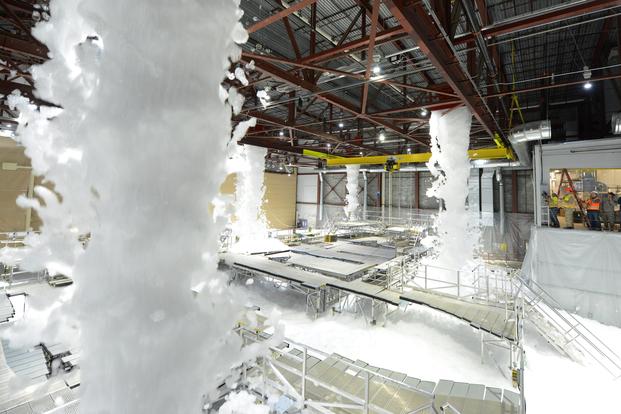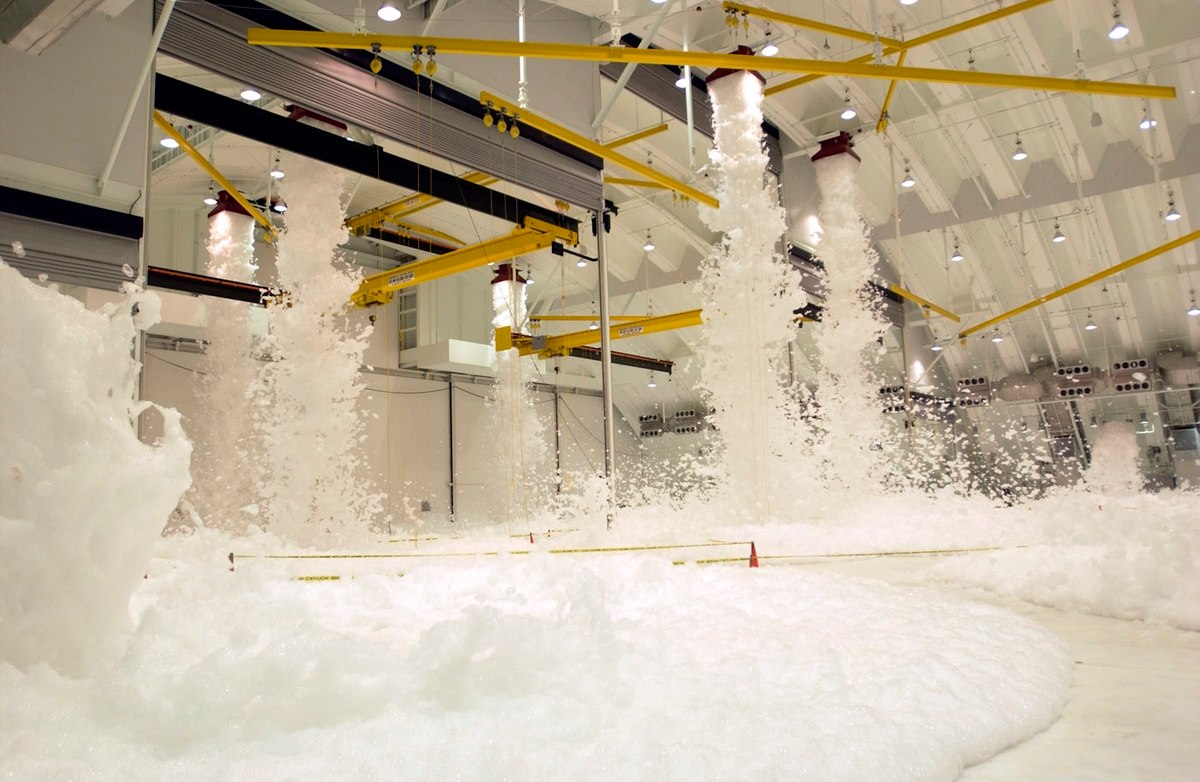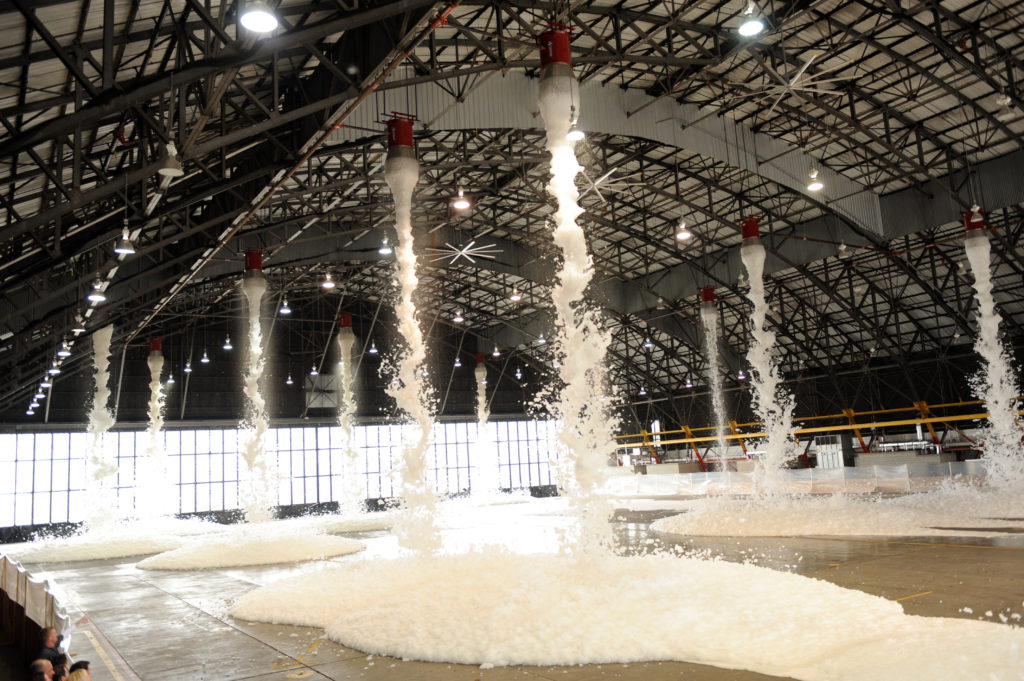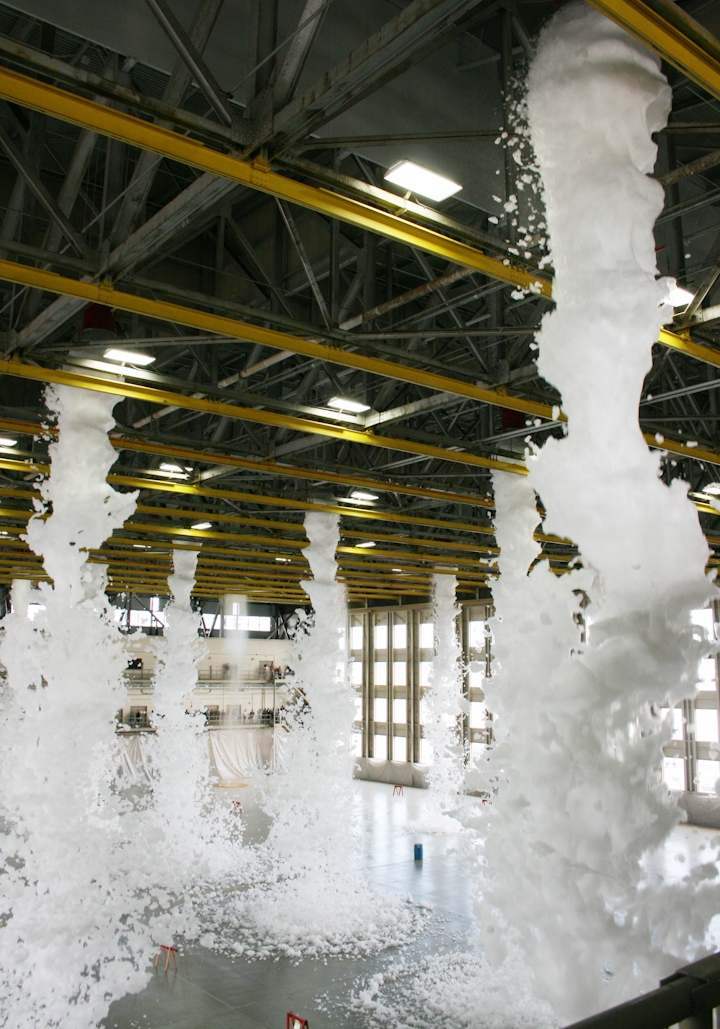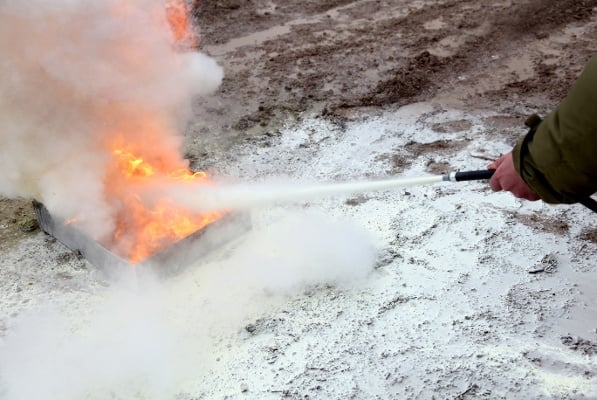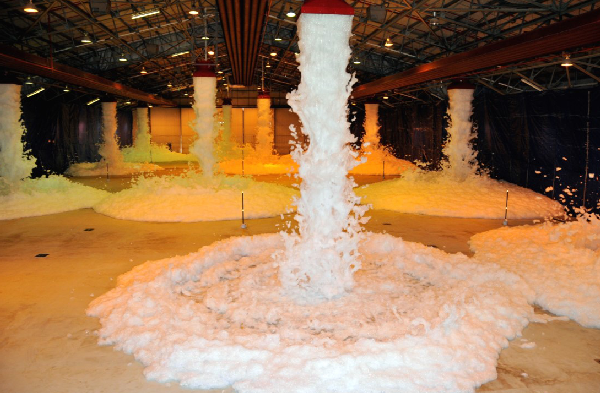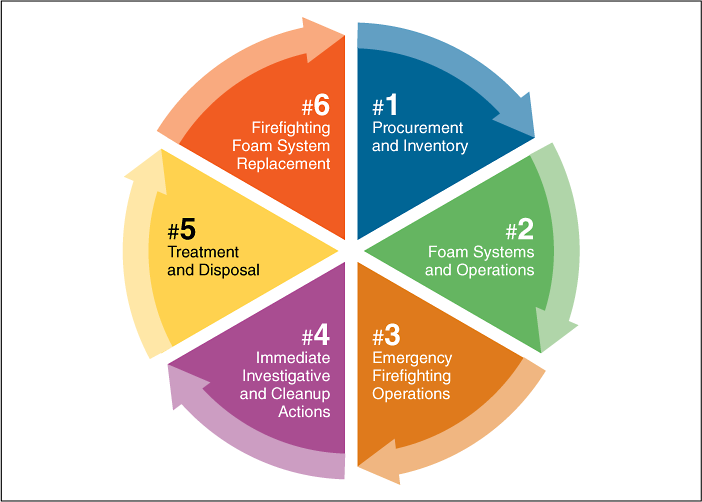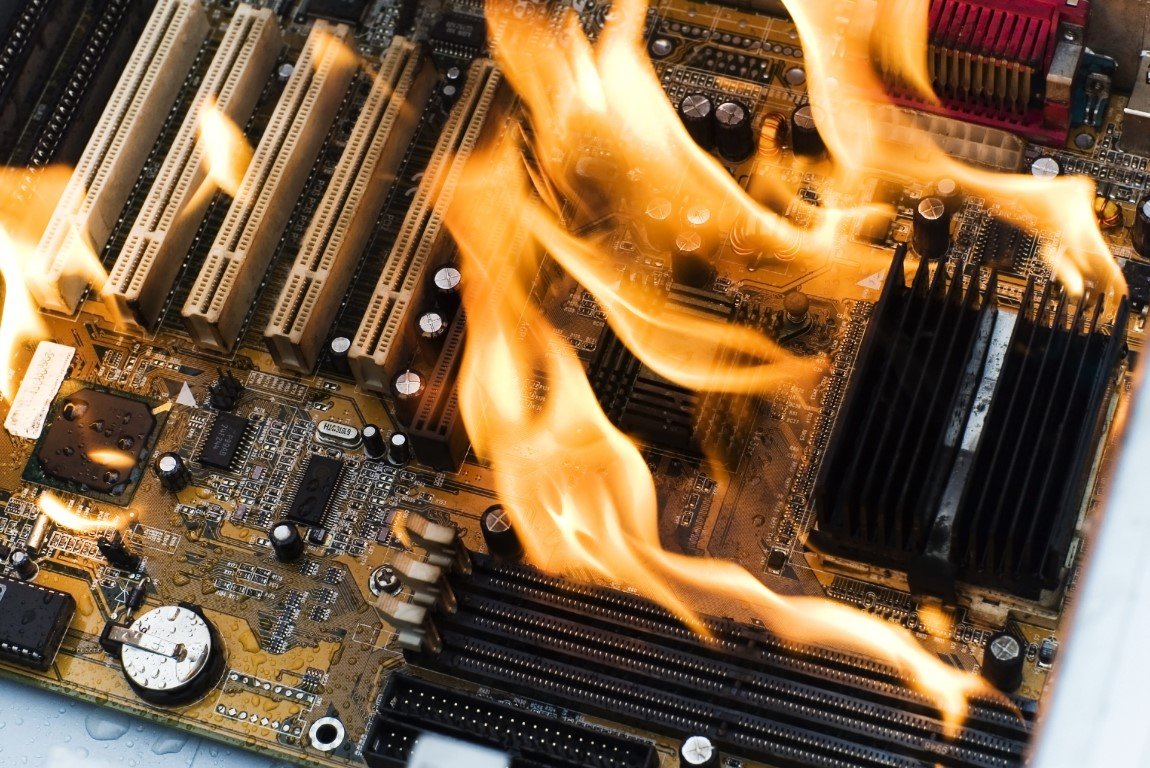Foam Fire Suppression System Clean Up

Clean up class k wet chemical fire extinguisher residue because of the corrosive nature of dry chemicals class k wet chemical extinguishers are recommended for commercial kitchens.
Foam fire suppression system clean up. Foam concentrate water and air. Foam systems come in two types as follows. In this video fire protection expert lee kaiser. Fire suppression systems a comprehensive line of fire suppression system equipment.
Depending on the type of fire extinguisher used it may appear that there is nothing much to clean. Members of the 134th air refueling wing test the f. When cooking oil and grease catch on fire a potassium acetate based low ph class k extinguisher discharges a fine mist to cool cooking surfaces and extinguish the. Foam amplifies the effectiveness of water in fire suppression by breaking the surface tension making the droplets smaller and enhancing cooling of the water.
Clean agents are electrically non conductive non volatile and leave no residue which makes. This video will discuss the recommendations for cleaning and returning a cessna aircraft back to service after it was exposed to hangar fire retardant foam. Huge hangar filled with foam during incredible air national guard fire suppression test. Medium and high expansion where the expansion ratios are greater from 20 to 1 up to 1 000 to 1 at these expansion ratios the bubble water content is low and the bubble is relatively light.
When mixed correctly these parts form a homogeneous foam blanket that extinguishes flames by the combined mechanisms of cooling separating the flame source from the product surface suppressing vapors and smothering. If this is the case the fire extinguisher used may have been a clean agent fire extinguisher. Low expansion where the bubble expansion ratio is small less than 20 to 1 and the bubble contains a high water content. Fire suppression foam is comprised of three parts.
